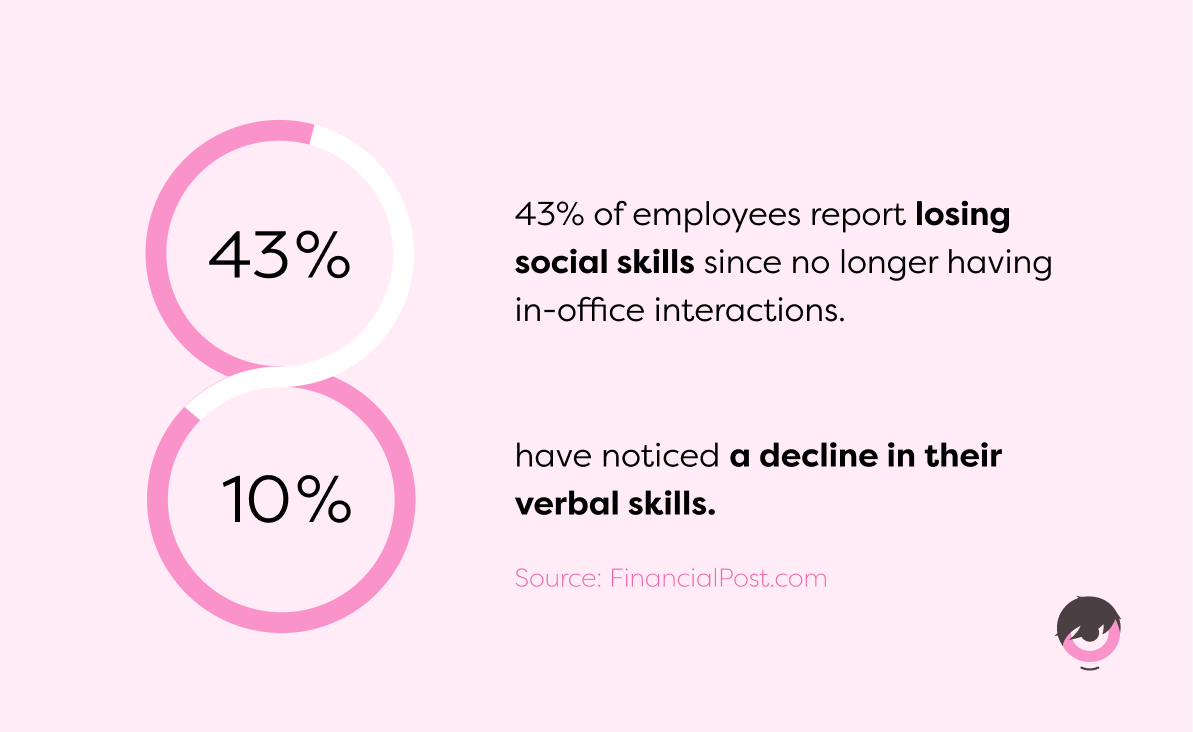You’ve likely heard a lot about this in recent months: numerous companies are now asking their employees to return to the office, either partially or fully. This shift comes after the pandemic-driven rise of remote work and growing expectations for flexibility in the workplace.
It’s often larger companies leading this charge, citing concerns about team cohesion and productivity losses when remote work becomes the norm. For them, in-office work fosters collaboration and innovation – two essential elements in an increasingly competitive job market.
But what exactly do these return-to-office policies entail? What impacts do they have? And what key stats should you know? Let’s break it all down so you can see the bigger picture and anticipate what’s next.



















